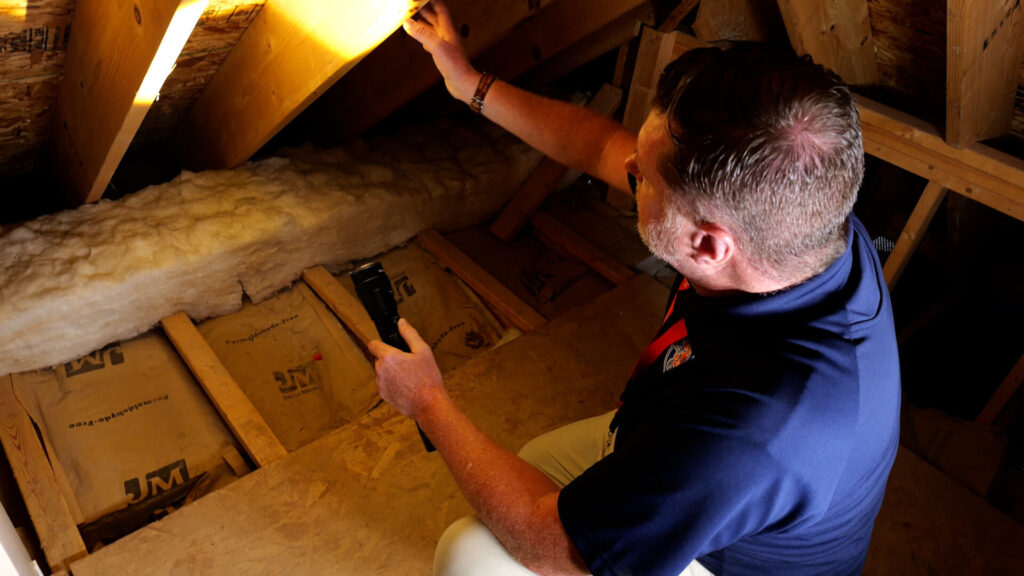Learning how to flash a window is extremely important since water damage can result from faulty flashing due to improper window installation. Window flashing protects the window and the framing from water damage. Therefore, these steps should explain how to flash a window properly.
Step 1: Weather-resistive barrier
Start by making a vertical incision through the material at the window opening. The flaps should be dragged from the gap produced by making horizontal cuts at the top and bottom. Use a small amount of window flashing tape to keep the flaps in place. Then, holding your blade from the top edge of the rough aperture, cut at a 45-degree angle. The fold at the top of the gap should be taped.
Step 2: Sill pan flashing
Use a material with a sticky surface or one that stops water from entering your property. Another option is a self-sealing adhesive flashing and sill wedge combination. Make sure the flashing extends at least six inches past the window jamb and the entire sill if you opt for the peel-and-stick weatherproofing. Then, wrap the water-resistive barrier panel’s side around the inner portion of the rough opening to secure it in place.

Step 3: Sealant
After the barrier is secure and the waterproofing is in place, add a little sealant to prepare the window unit. It is preferable to avoid applying sealant to the window opening sill. Instead, leave the bottom of the window unit open to prevent excess moisture.
Next, add additional sealant to the top and edge of the gap. Start on both sides three-quarters of an inch from the edge. Stop adding the sealant when you have gone three-quarters of the way through. This procedure makes it possible to effectively remove any excess moisture from the unit. Sealing every crack in the window can create excess moisture, which might become a breeding ground for mildew and wood rot.
Step 4: Installation
It is best to ensure the window is in the correct position when adding flashing. First, to confirm the window is properly positioned, square and plumb your frame. Next, insulate the window from all sides. And finally, add adhesive weatherproofing to the window’s vertical sides. This flashing should extend beyond the sill and be four to five inches above the opening.
Step 5: Drip caps
Most window units have drip caps to prevent water damage to the head jamb. If your window unit has one, install it according to the manufacturer’s instructions. These parts are joined to the covering, which is typically located above the window.
Step 6: Head jamb flashing
Fixing the flashing for the jamb head is the last step in flashing a window. The weatherproofing can be positioned horizontally near the top of the window, so the material must protrude at least six inches beyond the window jamb. Then, fold the barrier’s upper flap and round it up before taping.
Cleaning up water damage from your window can be a significant hassle, and it can lead to issues with the building’s structure. That is why it is vital to do everything you can to properly weatherproof your home, specifically the windows.









